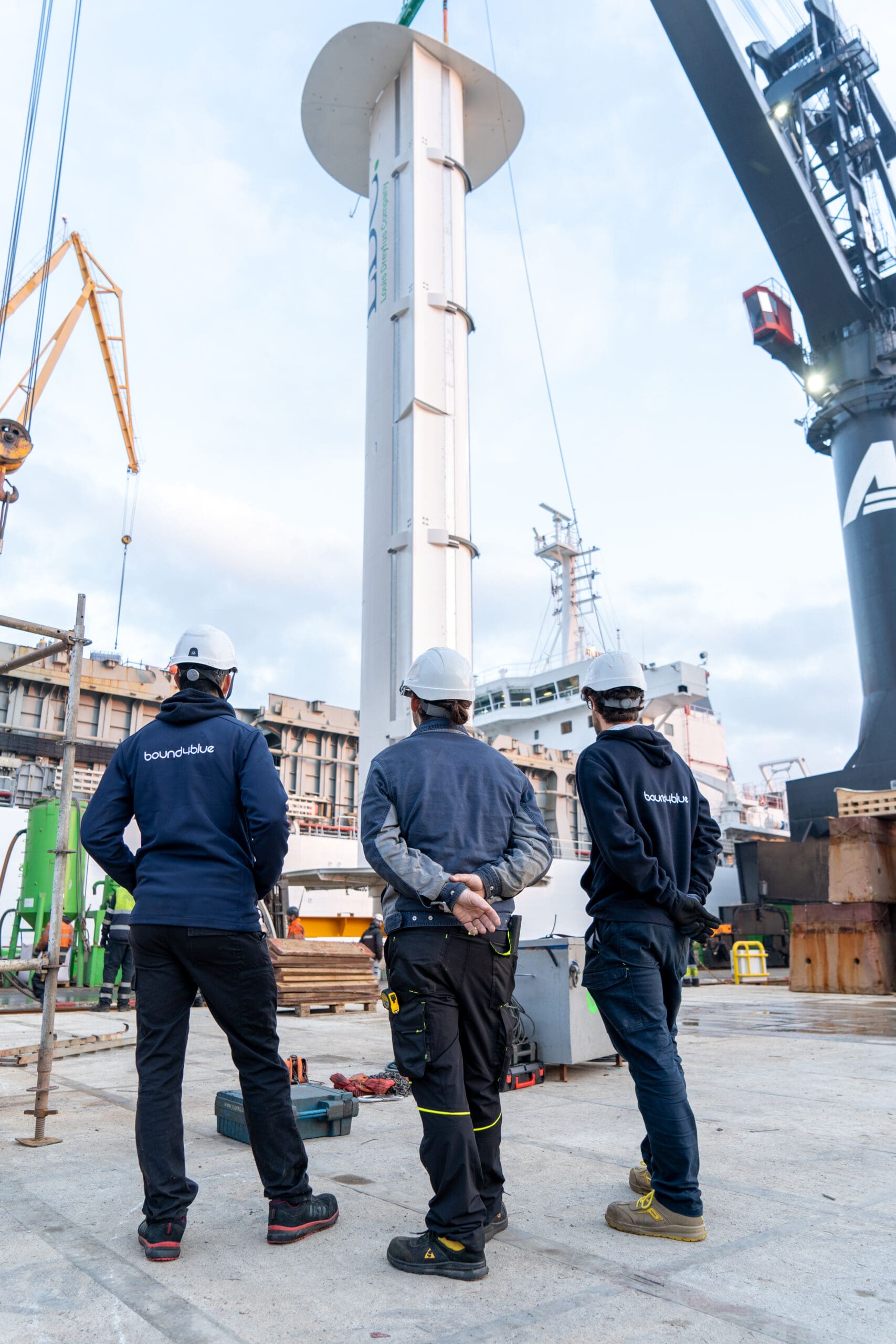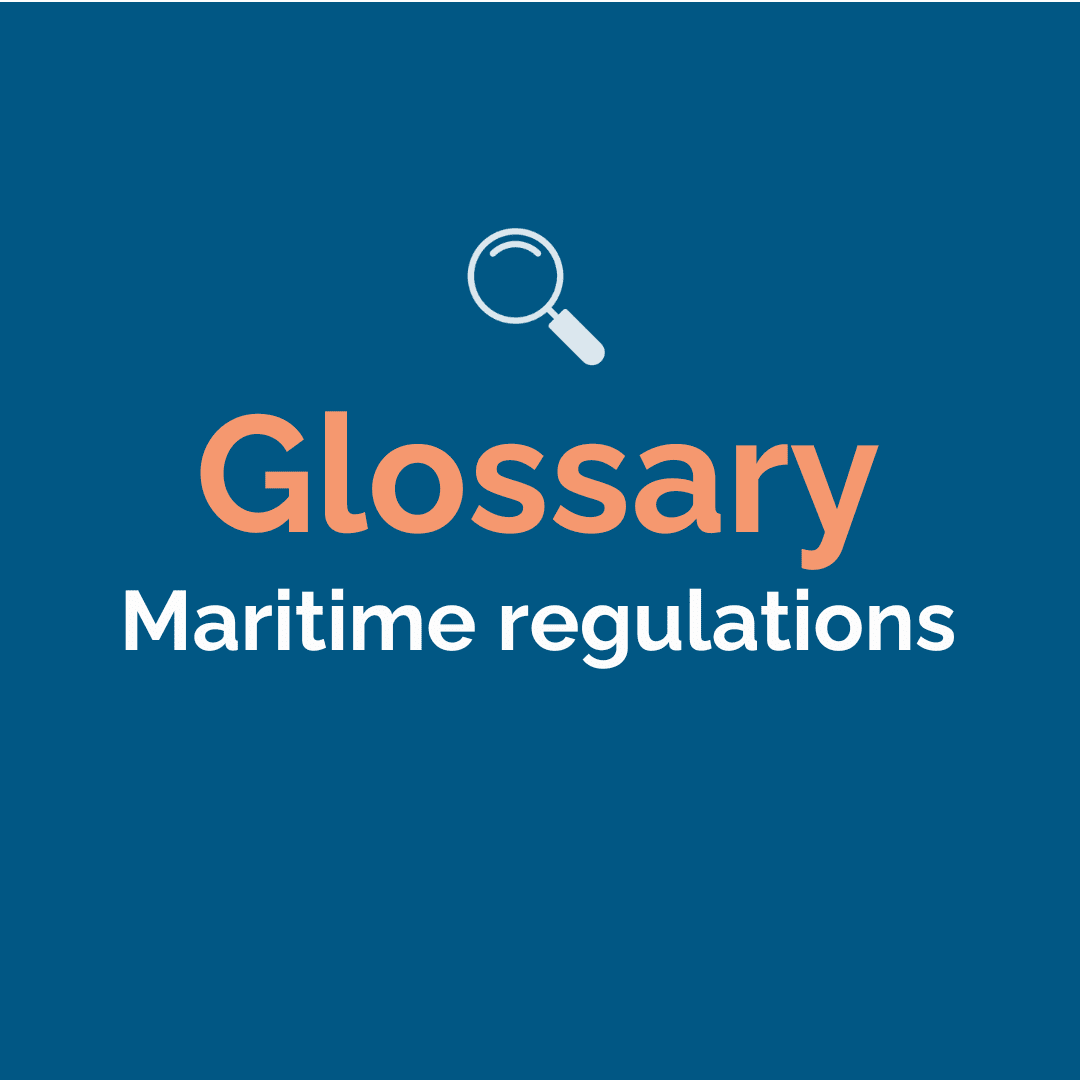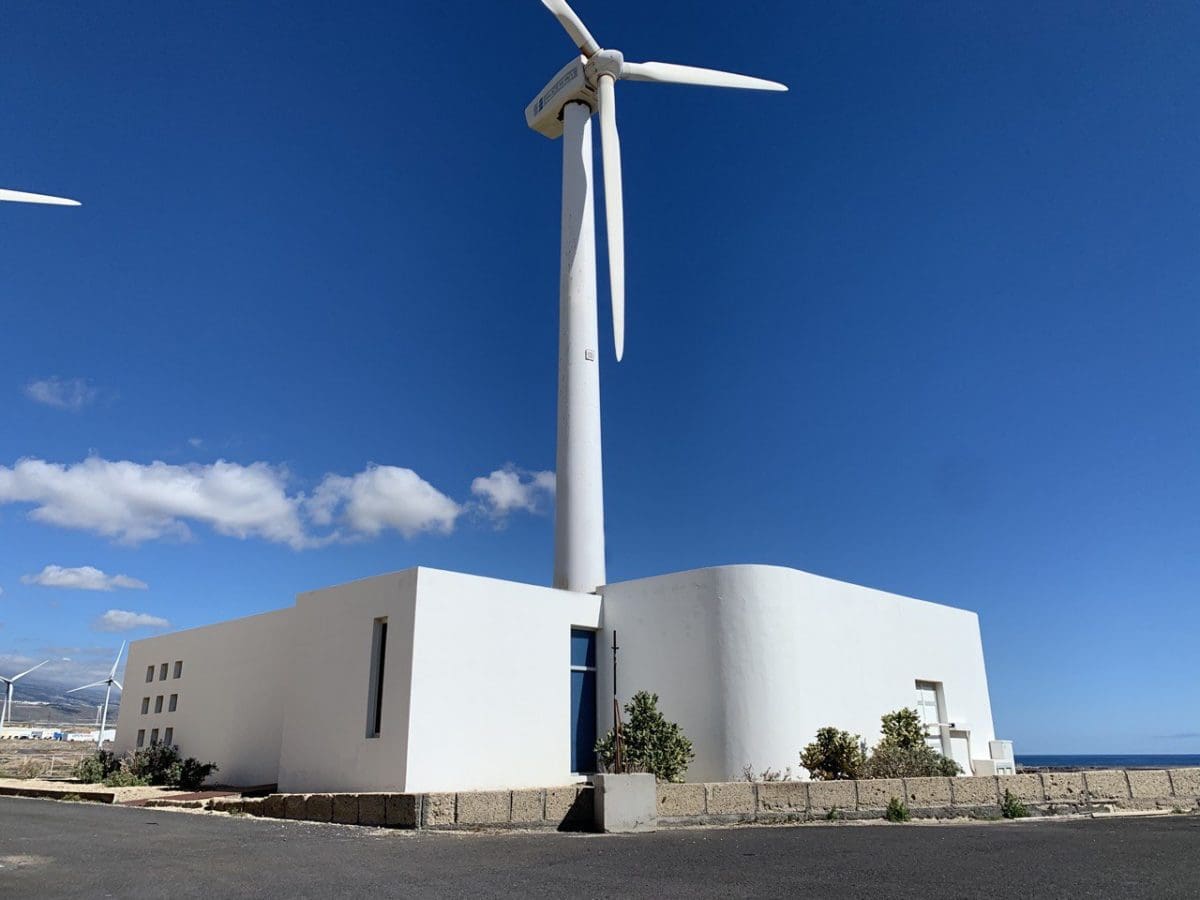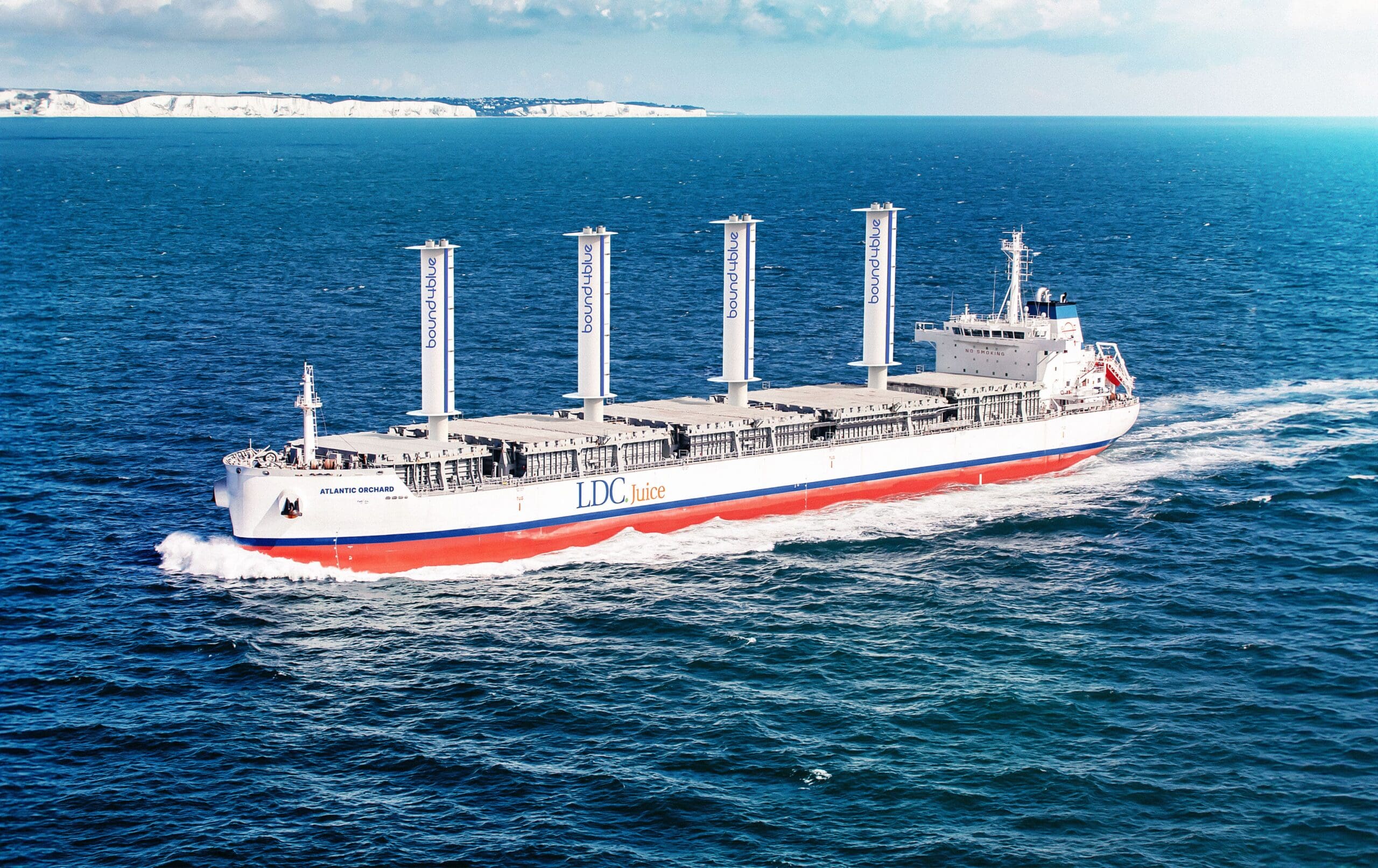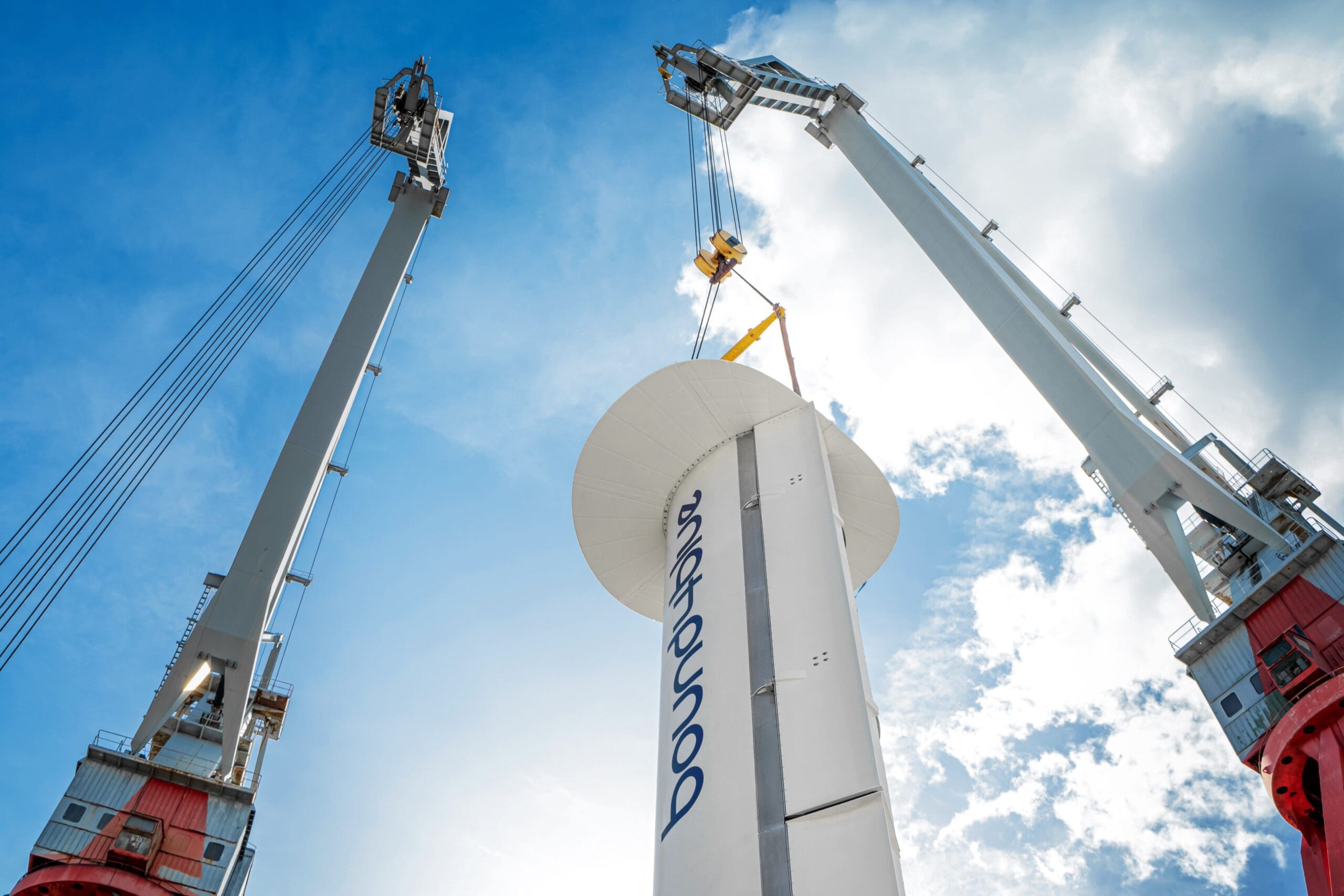News
Carbon Intensity Indicator (CII): your guide to simplifying compliance
Published
09 October 2025
Three little letters, one big impact. The Carbon Intensity Indicator (or CII as its more commonly known) is one of the IMO’s principal tools for accelerating decarbonization, helping shipping companies assess, understand and work to drive down vessel emissions. Introduced in 2021, becoming mandatory in 2023, the measure tracks how much CO₂ a ship emits per cargo carried over distance sailed. It sounds simple, but it pays to dive deeper for a comprehensive understanding – including how the adoption of breakthrough technologies, such as suction sails, can empower simpler, cost-effective compliance.
What is the Carbon Intensity Indicator (CII)?
At its core, CII is a simple concept: it measures how efficiently a vessel carries cargo in relation to the CO₂ it emits. The result is then translated into an operational rating from A (major superior performance) to E (inferior performance). This rating isn’t just cosmetic; it has real operational implications. Ships rated D for three consecutive years, or E for one year, must submit a corrective action plan, demonstrating how they will reach at least a C rating.
As you’re probably aware, the ratings represent ‘moving targets’ with more restrictive emission limits every year. This makes it harder to comply, essentially forcing vessels to take action to drive down emissions as we all, collectively, set sail for ‘net-zero’ in 2050.
The CII applies to all cargo, RoPax, and cruise ships over 5,000 gross tonnage that operate internationally. By focusing on the carbon emitted per cargo and nautical mile, it provides a standardized measure for comparing ships of different sizes, designs, and trade routes.
In practice, the CII is more than simply a number: it’s a maritime decarbonization index that connects operational decisions with measurable environmental outcomes.
How is the Carbon Intensity Indicator calculated?
CII calculation is straightforward in principle but carefully structured to be fair across ship types and operations.
It works by dividing a vessel’s annual CO2 emissions by its annual transport work (the capacity multiplied by distance traveled). A value is then given in grams of CO2 emitted per cargo-carrying capacity and nautical mile.
Certain adjustments can then be taken into consideration to reflect operational realties. For example, with voyage adjustments it’s possible to deduct fuel consumption for different situations, such as those related to ship safety, or saving lives at sea, or navigating ice conditions, while correction factors take into account special operational scenarios, such as oil tankers performing Ship to Ship (STS) operations or fuel consumption for producing electrical power on LNG carriers with cooling systems.
Once the annual data is collected, verified, and reported – usually within three months of the end of the calendar year – the ship receives its carbon intensity rating. This rating is then recorded in the Ship Energy Efficiency Management Plan (SEEMP), forming a central part of compliance documentation.
Challenges and opportunities for ship operators
As with the majority of the new breed of environmental regulations, CII can be seen through a lens of challenge or opportunity (or both for that matter), dependent on your mindset and fleet operational reality.
On the challenge side, there’s a demand to juggle accurate data collection, evolving rating thresholds, and managing the impact of low performance on commercial operations. Compliance, as we all know, can be taxing.
However, the ‘glass half full’ perspective also demands your attention. There’s a real opportunity to use a tool that mandates for continuous improvement (rather than a static compliance) to embark on a course of change that delivers real bottom line bonuses.
For example, you can focus on boosting vessel ratings in numerous ways. There’s an abundance of low hanging fruit ripe for the CII picking.
Like:
- Optimizing operations: Adjusting speed, route planning, and voyage scheduling can significantly reduce fuel
- Upgrading ship systems: Regular hull maintenance, energy-efficient lighting, and low-energy auxiliary
- Integrating renewable energy solutions: Solar panels or wind-assisted propulsion systems can provide additional energy savings without requiring a complete overhaul of the main
It’s this latter point where innovative suppliers such as bound4blue can help. By capturing wind energy with advanced wind assisted propulsion systems (such as our DNV Type Approved eSAILs®), vessels can dramatically reduce fuel burn in main engines, improve efficiency, and, as a result, optimize their CII ratings.
While not a complete substitute for an overall transition to zero carbon fuels, these solutions are pieces of a low carbon puzzle that can be assembled now – with operational improvements and sustainable technology working hand in hand for both commercial and regulatory rewards.
bound4blue’s role in reducing carbon intensity
bound4blue’s eSAILs® are rapidly emerging as a preferred, proven solution for enabling more sustainable, cost-efficient maritime operations, for a wide variety of shipping segments.
The autonomous, mechanically simple units are simple to install (on both existing vessels and newbuilds), immediately reducing fuel consumption (offering double digit savings) and CO₂ emissions without disrupting core operations.
The benefits are twofold:
- Environmental performance: Even partial use of wind power can lower a ship’s operational carbon intensity, contributing to much reduced fuel/OPEX costs and improved CII ratings.
- Operational and commercial advantages: Ships rated A or B may be eligible for incentives from ports and administrations, in addition to achieving reputational and strategic benefits in today’s competitive shipping
In this respect, eSAILs® highlight the opportunity in regulations, showing a simple way forward to enhanced CII compliance while reducing costs and building segment advantage.
It’s innovation that delivers a true win-win for forward thinking owners and operators.
The future of carbon intensity in shipping
When planning for compliance today, it’s vital to think about tomorrow.
As mentioned, the CII is not a static measure. Its thresholds will become progressively stricter over the next decade, reflecting the IMO’s commitment to reduce carbon intensity by at least 40% by 2030 compared with 2008 levels.
Ships will need to continuously adapt, embracing both operational efficiency and alternative energy technologies, such as wind assisted propulsion.
Looking further ahead, the CII framework complements the Energy Efficiency Existing Ship Index (EEXI) and other bold regulatory measures designed to drive improvements in ship design and performance. Seen together these form the cornerstones of theindustry’s build towards that ambitious 2050 net-zero target.
Summing up, CII encourages a culture of continuous improvement. Operators are incentivized to:
- Monitor and optimize daily
- Invest in sustainable technologies where
- Plan for long-term fleet transition toward low-carbon
Instead of seeing this as a burden, there’s scope to view CII as a roadmap for measurable progress, helping companies make informed decisions that balance regulatory compliance, operational efficiency, commercial gain, and sustainability.
Conclusion
When all’s said and done CII is a practical, measurable tool for understanding and improving a ship’s environmental performance. By connecting emissions to cargo and distance traveled, it provides operators with a clear picture of their carbon footprint and provides actionable insight for improvement.
The route to a good CII rating involves a combination of operational efficiency, informed technological upgrades, and adoption of alternative energy solutions.
Whether it’s optimizing voyages, maintaining a clean hull, or integrating the very latest wind-assisted propulsion innovations, such as suction sails, there are tangible ways to reduce carbon intensity and improve overall performance… starting today.
Here at bound4blue we see this kind of regulation as an opportunity for smart owners and operators. Seize it now to ensure you stay ahead in the voyage towards compliant, profitable sustainability.
FAQS
Q: Who must comply with the CII?
A: All cargo, RoPax, and cruise ships over 5,000 GT operating internationally.
Q: How often must ships report their CII?
A: Annually, within three months after the end of the calendar year.
Q: What happens if a ship receives a low rating?
A: Ships rated D for three consecutive years, or E for one year, must submit a corrective action plan to reach at least a C rating.
Q: Can wind-assisted technologies improve CII ratings?
A: Yes, reducing fuel consumption will result in a better rating.
Q: How does CII tie into IMO’s 2030 and 2050 targets?
A: CII tracks and incentivizes reductions in operational carbon intensity, supporting IMO’s goal of a 40% reduction by 2030 and net-zero emissions by 2050.

